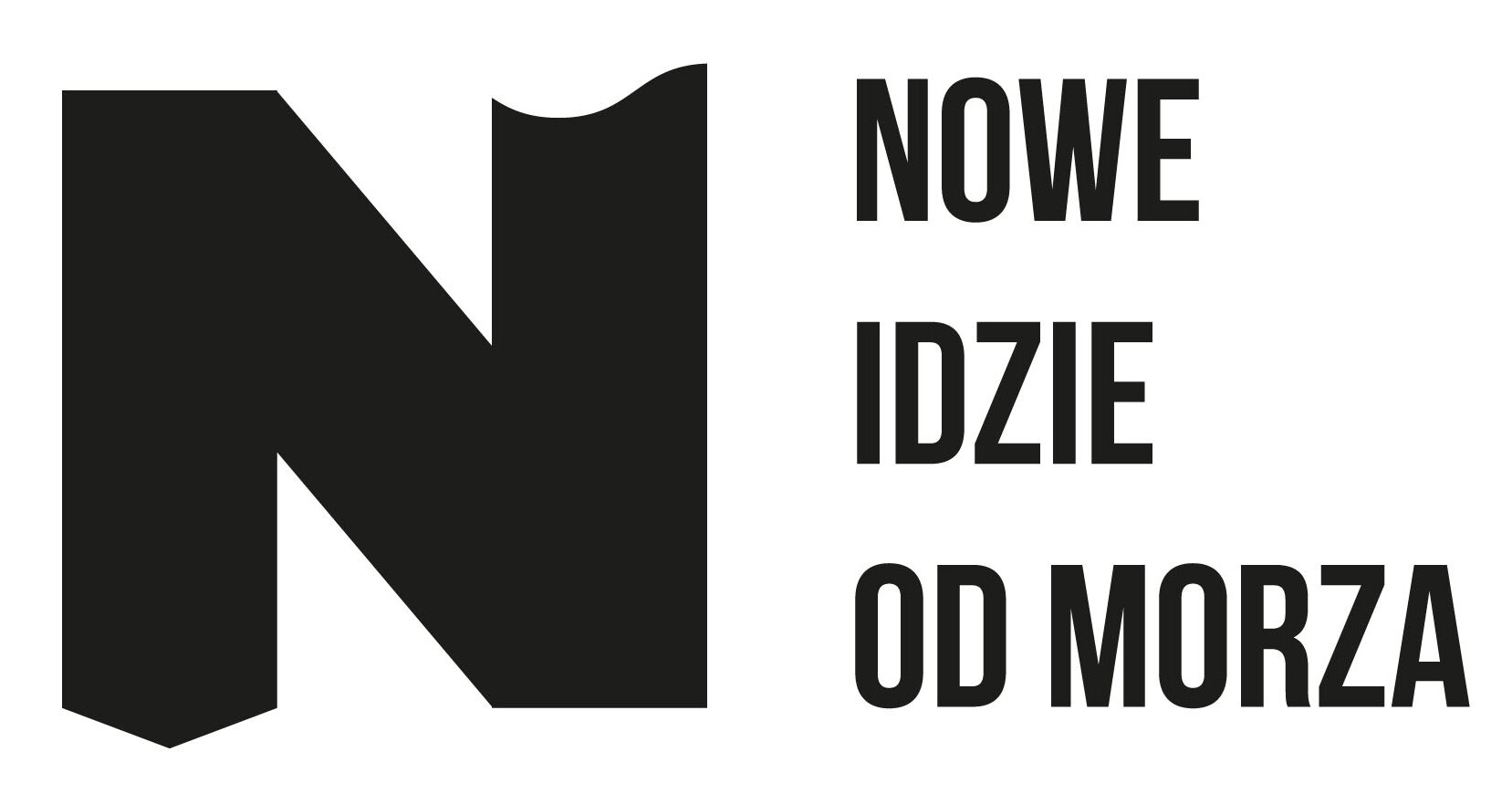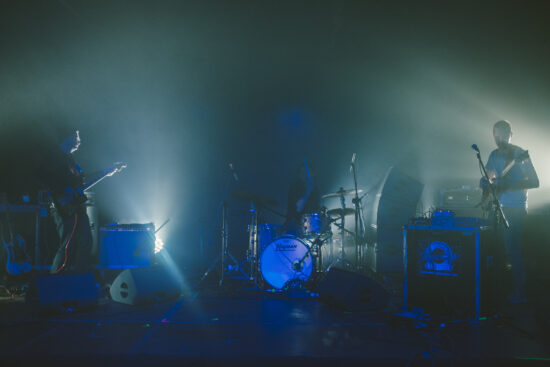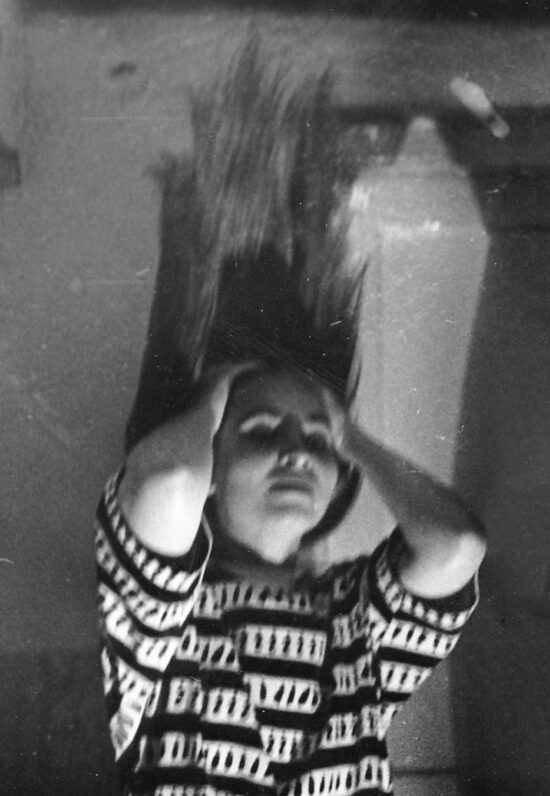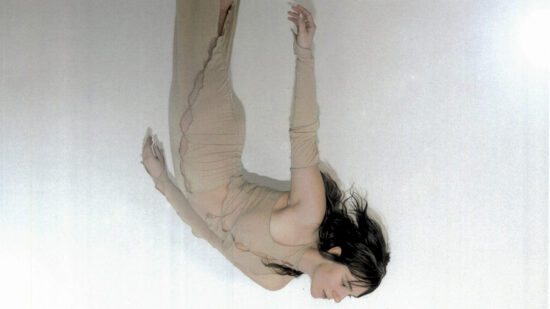Algorithms using an archive of 300 tenor saxophones, amplified vocals and double bass, distorted accordion possibilities or drone possibilities of traditional instruments – Tripticks Tapes offers a colourful curation of unusual explorations of the contemporary improvised scene.
The improvisation and avant-garde scene are swelling with recent collaborations, great albums, and new record labels that present marvellous fresh music to the world. Tripticks Tapes, founded by Nat Baldwin in 2020, is one of them; in less than two years, it has released almost 30 records, with more on the way. It fits well with the explorations of contemporary improvisation that Astral Spirits (check out my article from 2022), Dinzu Artefacts, and Relative Pitch, among others, are also pursuing.
The Massachusetts-based record label regularly serves up new releases, placing importance on a diverse spectrum of artists and the instruments they use, but also openly deconstructing their sound to the point of it being far removed from the original colour. I have collected six of Tripticks Tapes’ recent releases that I consider to be the most interesting and original. From AI-generated music juxtaposing the aesthetics of improvisation with artifacts through modulated vocals, double bass, or accordion and sound of guitars in a church space full of reverb to drone explorations of traditional instruments. All six releases are extraordinary musical worlds in which the sensations pull us to the borders of genres, classification, history, and protest music. These musical borderlands brilliantly show how many narratives about the modern world the contemporary avant-garde can offer.
Weston Olencki – Old Time Music
On Old Time Music, Weston Olencki shows the myriad of possibilities brought by new technologies to contemporary composition. And it’s not art for art’s sake. ‘Tenor madness’ was created by an algorithm that randomly selected 300 tenor saxophone samples recorded from 1939 to the present day. The monumental composition titled ‘a vine that grew over the city and no one noticed’ includes a jittery piece for mechanically controlled banjo and a radio recording with the voices of Johnny Cash, Dolly Parton, and Buck Owens, among others. ‘Charon guiding the weary ‘cross the Long River (or, how to care for a dying instrument)’ was created on a computer-controlled organ. However, more important than the technique is the context and the emotional, powerful message of the music, which is a collage combining the musical traditions of the US. Olencki cleverly juxtaposes the two elements, showing new prospects for AI-controlled improvisation. The album is like a time machine that leads the listener through the history of bluegrass, sound recording techniques, and the radio, the first transmitter of information.
Amirtha Kidambi & Luke Stewart – Zenith/Nadir
I follow Amirtha Kidambi and watch both Elder Ones and Code Girl projects closely, but recently, I am especially intrigued by her duets. While collaborating with Lea Bertucci, Matteo Liberatore, or Matt Evans, Kidambi explores the potential of her voice, amplification and resonance. Meanwhile, Luke Stewart, a member of Irreversible Entanglements, expands the palette of bass on the monumental two-part solo release Works for Upright Bass and Amplifier. The two unconventional musicians with roots in protest music join forces. The electrified A-side is dominated by various effects paired with amplified, processed, and distorted vocals that resemble the sound of a brass instrument in a hall full of reverb (‘Postmonition’), and a bass with a dense boost, which creates feedback and produces harsh noise (‘Premonition’). The B-side is strictly acoustic and led by clear vocals and subtle but non-cliché bass lines. The delicate sound of the instruments and the unusual timbre of Kidambi’s voice offer a surprising dialogue, both in the sacred and dignified chants and the ripping, ecstatic articulations in the form of the phenomenal ‘Relics.’
Ted Reichman – Dread Sea
Ted Reichman plays the accordion as if he wants to deviate from its usual sound as much as possible. The compositions on Dread Seaoriginated as improvisations for accordion and mbira and were later electronically processed. In the 1980s, Reichman studied with Alvin Lucier and Sumarsam, and Anthony Braxton was his mentor. Now, he’s creates film music, and his diverse early influences are very noticeable in his work. His music is multi-layered and primarily based on distortion and feedback – full of space but with a quasi-ambient feel. The A-side starts with a calm melody (‘Prelude/Sloth Story’), then develops into a stratified, gritty form (‘Pine Marten’), to transform into a pulsating, slightly krautrock-like motif (‘Deep Ankle’). The B-side is taken by ‘Inner Horizon,’ the longest composition on the cassette. This song ties into cosmiche musik but does not fall into pathos or clichés – it is dominated by the lightness of the ornaments, which build an engaging narrative. Reichman makes great use of the acoustic sound of the instruments as a starting point for his album – then, through manipulation and nuanced production, he deviates from the traditional sound and colour, telling a compelling story.
L’Ocell & Ferran Fages – El Declivi
L’Ocell (Àlex Reviriego – double bass, Fernando Carrasco – acoustic guitar) have been playing together for seven years. For this album, they were joined by Ferran Fages (who plays with Reviriego in Phicue, which I wrote about in the Astral Spirits piece). On this record, they use standard instruments, but the final result has little to do with the old-fashioned sound. Recorded within the walls of a 12th-century church in Miànigues, Catalonia, the music smoulders and lingers in suspense (‘Més enllà dels arbres negres’), sometimes reminiscent of Blip. You can hear the reverberation of space, mysterious psych-folk drones, and metallic interventions against which guitar improvisations emerge. At times, the music is powerful, stretched out in time, interspersed with striking different objects, or counterpointed by metallic cascades (‘Núvol de fum’). Later, it becomes more lyrical and melancholic (‘Els gestos del menyspreu’, ‘Raig verd’). The album ends with a very different feel than it begins with. I like this attentive playing and listening to each other, building space by sparingly straining sounds, and weaving a peculiar meditative sound cloud.
Webb Crawford – Joiners
Crawford’s latest release is a study of the electric guitar. They explores the instrument’s range, its ethos, and various performance techniques. The guitar has a strongly rock-like prominence, which it is not easy to separate from, but the musician attempts to deconstruct its sound. On the one hand, they outlines melodies – for example, in ‘Lumbards’ or the folk-tinged ‘Rabbets.’ They wailingly improvises in ‘Bench dogs,’ spinning choppy phrases, and shows his more lyrical side in ‘Bodger.’ They releases a droning metallic sound on the guitar in ‘Boole’ only to lavish it in ‘Free of heart centre.’ In ‘Froe,’ on the other hand, Crawford concentrates on the timbre of the instrument, and at one point, puts on a reverb that makes it sound like a record jammed on the turntable. Each consecutive track shows a different facet of the instrument. Crawford presents a panorama of sound, ranging from electrified, extended melodies to catchy short motifs. The music is sometimes ecstatic, sometimes loud, but never turgid – Crawford serves up an airy juggernaut full of surprises. They has fun doing it, constantly astounding the listener. Here, the journey is the destination, and one listens to it in awe.
Leo Chang & Lucie Vítková – Religion
I associate piri with Park Jiha’s music, which is very much meditative and folk-like. Leo Chang reaches for this instrument as well but treats it very differently: he plays in a monotonous way and hypnotises the listener while building quasi-drone forms. On top of that, he adds layers on VOCALNORI – amplified gongs on which he produces sound using vocals and microphones mounted on the instrument. Lucie Vítková also takes from traditional music – she plays the accordion and hichiriki pipes. Together, the musicians test the sounds of instruments up to the moment of uniformity, in which the acoustic instruments sound like the electronic ones. The perception of this improvisation is enhanced by the stereophonic production of the album. This can be heard, for example, in ‘Y’, where the pipes are accompanied by electronic phrases on the synthesiser. ‘Z’ brings to mind the evocation of ghosts with howling, distortion, and a very ritualistic sound. It culminates in a reduction where both instruments sound like a musical saw or a theremin. The result is a fractious collage mixing post-tradition, electrification, and resonance, which, thanks to the artists’ ingenuity and dexterity, fascinatingly plays with musical clichés.




